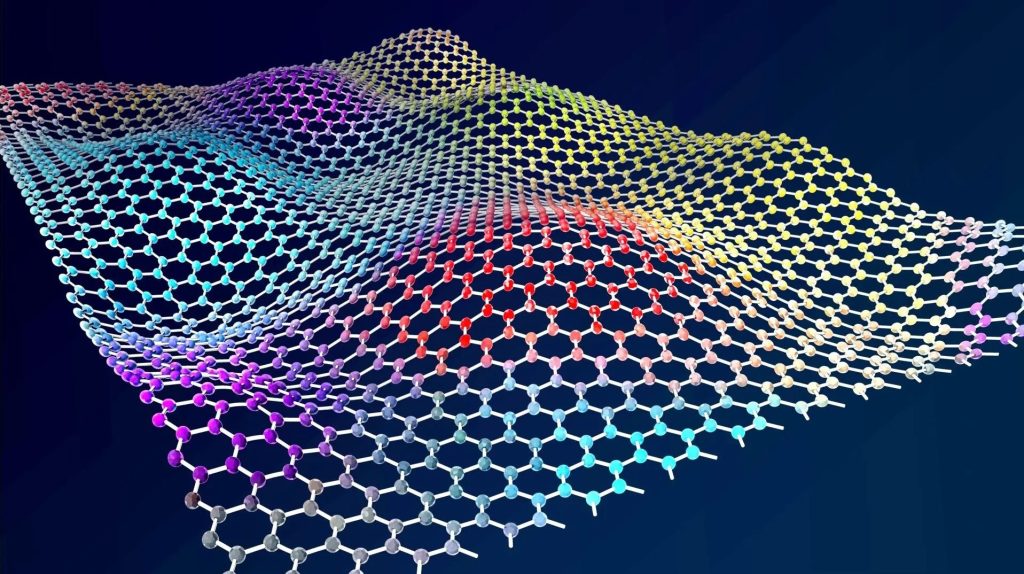
Graphene was first isolated and investigated at the University of Manchester in 2004, earning Andre Geim and Konstantin Novoselov the 2010 Nobel Prize in Physics.
Graphene is a form of carbon. As a material it is completely new – not only the thinnest ever but also the strongest. As a conductor of electricity it performs as well as copper. As a conductor of heat it outperforms all other known materials. It is almost completely transparent, yet so dense that not even helium, the smallest gas atom, can pass through it. Carbon, the basis of all known life on earth, has surprised us once again.
Press release. NobelPrize.org. Nobel Prize Outreach AB 2024. Thu. 18 Jan 2024.
Carbon nanosheets can be produced top-down (typically a laborious process involving stripping graphene sheets from graphite, resulting in uneven quality) or bottom-up (beginning with one atom at a time, in a consistent and controlled process). LTEOIL is one of the first to demonstrate a direct process for producing carbon nanosheets at scale, from natural gas and renewable power, with negligible emissions.

